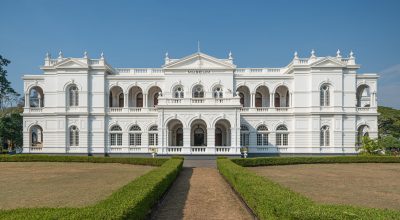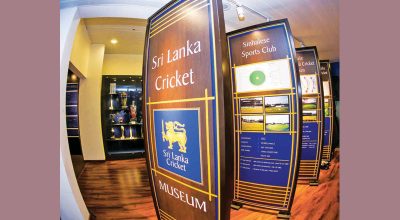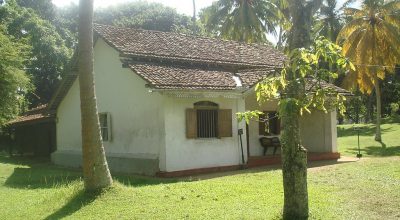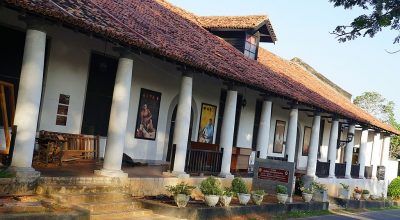Monument
There’s little else as insightful into the history of a country as its museums. With artifacts belonging to distinguished eras from the history that defined and molded the country into what it is today, Sri Lanka too has several significant museums housing items of significance from the distant past. These museums deal with their own specialized collections and provide a vibrant picture of what Sri Lanka may have been in the past.
The Colombo Museum as it was called at the beginning was established on 1st January 1877. Its founder was Sir William Henry Gregory, the British Governor of Ceylon (Sri Lanka) at the time. The Royal Asiatic Society (CB) was instrumental in bringing to the notice of Gregory on his appointment as Governor in 1872 the need for a public museum with much difficulty the approval of the legislative council was obtained within a year. The Architect of the Public Works Department, J.G. Smither was able to prepare the plans for new structure on Italian architectural style. The construction was completed in 1876 and the Museum commenced it functions in the following year.
‘Sri Lanka Cricket Museum’ houses some of the most iconic treasures of Sri Lanka Cricket depicting its incredible cricketing journey, which goes back to over a century. The museum proudly narrates Sri Lanka Cricket’s courageous journey towards becoming a test nation, its achievements made during the Pre and Post Test era, the country’s stupendous records achieved in the limited overs arena.
The museum, quite rightly has allocated dedicated sections to depict its glorious victory at the 1996 World Cup, T20 World Cup in 2014and also it’s near dominance in Asia Cup competitions. A ‘Hall of Fame’ has been allocated to highlights the proud Sri Lankans who were fortunate to don the ‘National Test Cap’ and also captained the team in any format.
Get an insight to the culture of Sri Lanka at Martin Wickramasinghe Folk Museum Complex and learn about the famous writer’s life. Martin Wickramasinghe chose Sinhalese to be his primary language and worked hard to promote its traditions and culture through literature. The cabin where Mr. Wickramasinghe grew up has now been converted into this museum, which displays a chronicle of his life and his written manuscripts, presented among his well-preserved furniture and personal effects. After the cabin, visit the exhibit devoted to Sri Lankan folklore, a special project of Wickramasinghe’s. It hosts collections of tools, folk puppetry, masks, musical instruments, and utensils.
Hailing from the City of Gems, the Gem Museum is in its fourth generation as a family owned business, and it is a name synonymous with only the finest gemstones in Sri Lanka.
Whether you are a traveler looking for a timeless memento or someone seeking the ideal gift with the right sparkle or even a true aficionado with an appreciation for the finer things in life, your quest ends here.
The Galle National Museum is established in the oldest Dutch building of the Galle fort, constructed in 1656. To aware the public on traditional cultural heritage of Southern Sri Lanka, the Department of National Museums developed this museum and opened to the public on 31st March 1986. Galle National Museum displays a wide range of archaeological and anthropological objects inherited in Southern region. Collection of traditional masks used in various rituals, collection of ornamental objects made up of turtle shells, ancient wooden carvings and a Beeralu collection are important visitor attractive exhibits in the museum.




